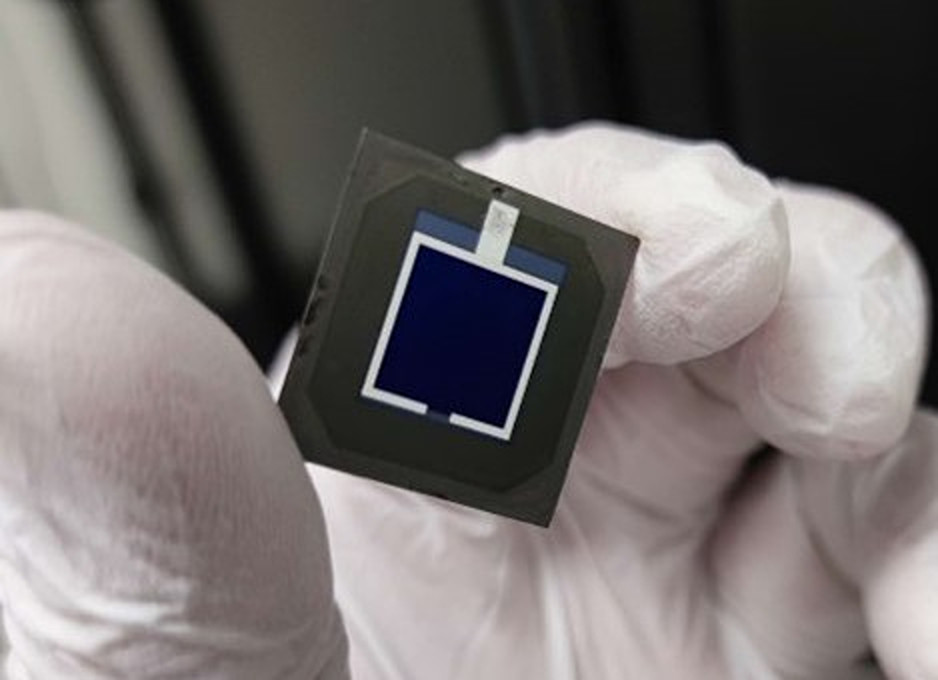Scientists led by Saudi Arabia’s King Abdullah University of Science and Technology (KAUST) have fabricated a perovskite-perovskite-silicon triple-junction solar cell with a new passivation strategy based on the utilization of potassium and thiocyanate.
“Through the combination of synergistic additive-modified wide-bandgap perovskite and a meticulously designed device structure with optical and electrical considerations, we successfully fabricated a 1 cm2 tandem perovskite/perovskite/silicon triple-junction solar cell with a power conversion efficiency of 26.4%,” the research's lead author, Stefaan de Wolf, told pv magazine.
“This achievement not only represents the highest reported efficiency in the field but also crucially validates the viability of the triple-junction solar cell concept, laying a robust foundation for future research in this domain,” co-author, Fuzong Xu, added.
The scientists sought to address the challenge of wide-bandgap perovskites by using synergistic additives such as potassium thiocyanate (KSCN) and methylammonium iodide (MAI). This modifies organic-inorganic perovskites, while resulting in defect passivation, grain enlargement, and mitigating thiocyanate-induced phase segregation.
For the top perovskite cells used in the triple-junction device, the researchers utilized a perovskite material known as Cs0.1FA0.9PbBr2.1I0.9, which they modified with KSCN and MAI. For the mid cell, they used the FAPbI3-based perovskite.
The triple junction cell was fabricated with a 15.0%-efficient top perovskite cell with an energy bandgap of 1.98 eV, a 22.9%-efficient mid perovskite cell with an energy bandgap of 1.52 eV, and a bottom silicon cell with an efficiency of 19.5% and an energy bandgap of 1.12 eV.
Tested under standard illumination conditions, the triple junction device achieved a power conversion efficiency of 26.4%, an open-circuit voltage of 3.04 V, a short-circuit current density of 11.9mA/cm2 and a fill factor of 72.9%. The team claims this remarkable performance is mainly due to the high efficiency of the perovskite bottom cell, which is one of the highest ever reported for a cell with such a high bandgap.
Popular content
“The choice of the synergistic additives was strategic, mitigating the negative impact, accelerating photo-induced phase segregation, of the confined thiocyanate ions by utilizing their reaction with the MA+ to evaporate out of films in the form of MA and HSCN gas under 100 C,” explained Xu.
“Regarding the device structure, it is noteworthy that the ultra-thin gold interconnection layer, commonly used in perovskite/perovskite tandem solar cells, proved unsuitable for triple-junction devices due to significant absorption in the middle junction’s light response region, thereby limiting the overall efficiency,” added de Wolf.
The solar cell was described in the study “Monolithic perovskite/perovskite/silicon triple-junction solar cells with cation double displacement enabled 2.0 eV perovskites,” published in Joule.
“Perovskite/perovskite/Si 3-J solar cells with modified top cells display a remarkable power conversion efficiency improvement compared with the previous state-of-the-art ones, paving the way toward monolithic perovskite-based 3-J tandem solar cells with an efficiency greater than its 2-J counterparts,” the scientists concluded.
This content is protected by copyright and may not be reused. If you want to cooperate with us and would like to reuse some of our content, please contact: editors@pv-magazine.com.



For having three layers, it seems like a disappointment to go from industry perovskite 22% and merely mop up 4% more? Hopefully the local (Arabia) industry can pile on the applicability and make arcology windows with PV edges that grow plants and light areas and generate and self clean reasonably (40 y at a time, anyway?)